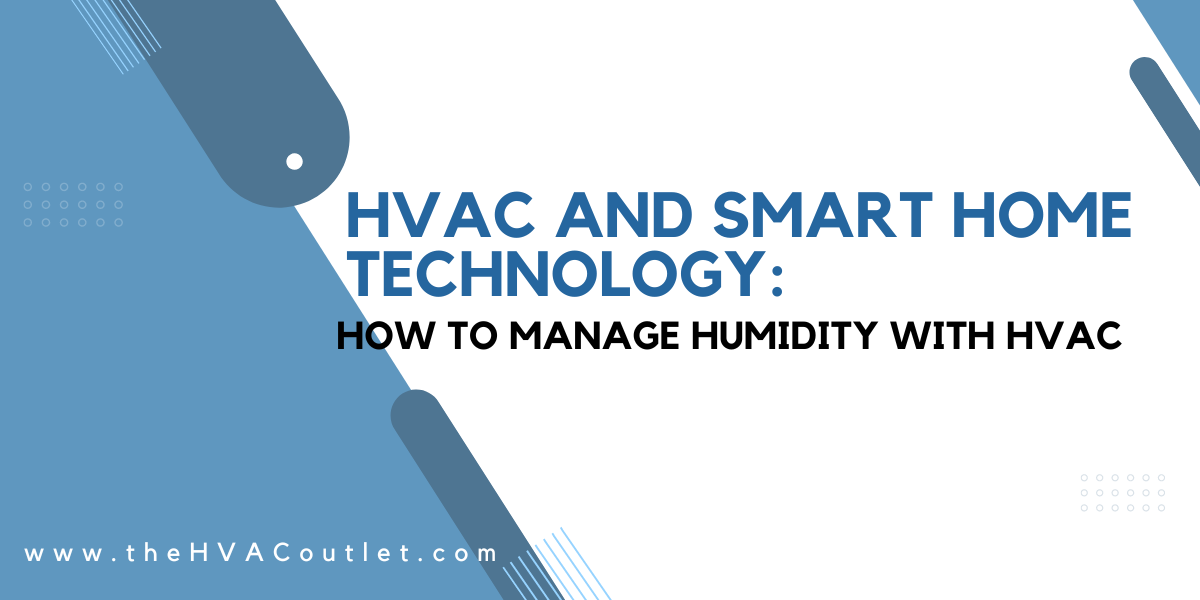Blog
HVAC and Smart Home Technology: Trends and Innovations
Smart home technology has transformed the way we live, with devices that make our lives easier and more convenient. One area that has seen significant innovation is heating, ventilation, and air conditioning (HVAC) systems. In this blog post, we’ll explore the latest trends and innovations in HVAC and smart home technology.
What is Smart Home Technology?
Smart home technology refers to devices that can be controlled through a smartphone or other smart devices. These devices use sensors, Wi-Fi, and other technologies to communicate with each other and provide automation and control over various functions in the home.
What is HVAC?
HVAC is a system that provides heating, ventilation, and air conditioning to buildings. The system consists of various components, including ducts, filters, and units that work together to provide comfortable indoor temperatures and air quality.
The Latest Trends in HVAC and Smart Home Technology
- Smart Thermostats
Smart thermostats are one of the most popular smart home devices for HVAC systems. These devices allow you to control your home’s temperature remotely using a smartphone app, and many also include features like scheduling and energy-saving modes. Some smart thermostats also use machine learning algorithms to learn your preferences and adjust the temperature accordingly.
- Zoned Heating and Cooling
Zoned heating and cooling systems allow you to control the temperature in different areas of your home independently. This can help you save energy by only heating or cooling the areas you use the most. Smart zoning systems use sensors and algorithms to automatically adjust the temperature based on occupancy and other factors.
- Air Purification
Air purification systems are becoming increasingly popular, especially in areas with high pollution levels or allergies. Smart air purifiers use sensors to detect the quality of the air and adjust the purification level accordingly. Some models also include features like automatic shut-off and alerts when the filter needs to be changed.
- Integration with Virtual Assistants
Virtual assistants like Amazon Alexa and Google Assistant can now be integrated with HVAC systems, allowing you to control your home’s temperature using voice commands. This can be especially useful for people with disabilities or mobility issues.
- Energy Monitoring and Management
Smart HVAC systems can now monitor and manage energy usage, allowing you to track your energy consumption and adjust settings to save energy and money. Some models even include features like demand response, which automatically adjusts the temperature during peak energy usage times to help reduce strain on the grid.
The Benefits of Smart HVAC Systems
Smart HVAC systems offer several benefits, including:
- Increased Comfort: Smart HVAC systems can automatically adjust the temperature and humidity levels in your home to keep you comfortable.
- Energy Savings: Smart HVAC systems can help you save energy by adjusting the temperature based on occupancy and other factors, which can help lower your energy bills.
- Improved Indoor Air Quality: Smart HVAC systems with air purification features can help improve indoor air quality, which can be especially beneficial for people with allergies or respiratory issues.
- Remote Access: Smart HVAC systems allow you to control your home’s temperature remotely, which can be useful if you forget to adjust the temperature before leaving home.
In conclusion, smart home technology has brought significant innovation to the HVAC industry. With features like smart thermostats, zoned heating and cooling, air purification, and integration with virtual assistants, smart HVAC systems offer increased comfort, energy savings, improved indoor air quality, and remote access. If you’re considering upgrading your HVAC system, it’s worth exploring the latest smart home technology options.
Proud distributor of MRCOOL.


